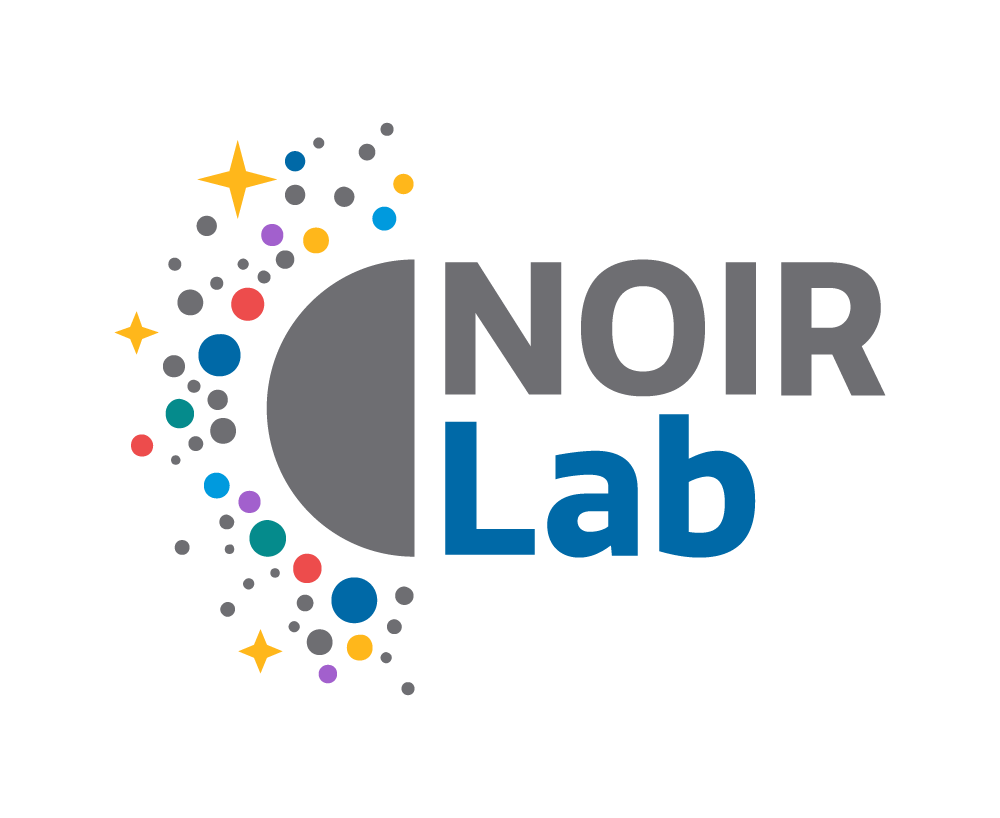Night Sky November 2024
2 November 2024
On 15 November Saturn will end its retrograde motion, halting its westward movement through the constellations and returning to its usual eastward motion. This reversal of direction is a phenomenon that all of the Solar System’s outer planets periodically undergo and is caused by Earth’s own motion around the Sun. As Earth orbits the Sun our perspective changes, causing the apparent movement of objects across the celestial sphere to switch directions following regular periods, depending on how fast they orbit the Sun. Saturn enters retrograde motion approximately once each year, typically lasting about 4.5 months.
The Leonids meteor shower will be active 6–30 November, producing its peak rate of meteors around 17 November. The majority of meteors will appear to originate from the shower’s radiant point in the constellation Leo. However, shooting stars can be seen across the entirety of the night sky due to the various angles at which they enter Earth’s atmosphere. Assuming clear skies with no light pollution, observers could see up to about 15 meteors per hour, although actual rates are usually lower. This year, the Moon will only be two days past full, which will hinder viewing.
Conjunctions
A conjunction occurs when two or more celestial objects appear near (or on top of) each other in the sky. This can create dramatic night sky views that are visible with unaided eyes.
*When considering angular separation, one degree is about the width of your finger on your outstretched arm.
4 November: Moon and Venus
Look to the southwest after sunset to see Venus cozy up to a crescent Moon. You may also spy Mercury low on the horizon. At peak conjunction (4:42 p.m. MST) the Moon and Venus will have an angular separation* of 3°05'.
10 November: Moon and Saturn
Saturn and the Moon will appear very near each other in the sky. From Tucson and Hilo, look to the southeast after sunset. From Chile, look high in the northern sky. At peak conjunction (6:38 p.m. MST) the Moon and Saturn will have an angular separation* of less than 1/10 of a degree.
16/17 November: Moon and Jupiter
On the evening of the 16th and early morning of the 17th, Jupiter will be close to the Moon. The Pleiades will also be nearby, although the bright Moon may wash out the star cluster. From Tucson, Hilo, and Chile, look east-northeast about 2 hours after sunset. At peak conjunction (17 November at 6:52 a.m. MST) the Moon and Jupiter will have an angular separation* of 5°36'.
20 November: Moon and Mars
About five hours after sunset, the Moon and Mars will rise in the east-northeast. They will be fairly close together, and the Moon will be fairly bright, just four days past full. At peak conjunction (3:27 p.m. MST) the Moon and Mars will have an angular separation* of 2°19'.
Contacts
Jason Davis
Email: jason.davis@noirlab.edu






